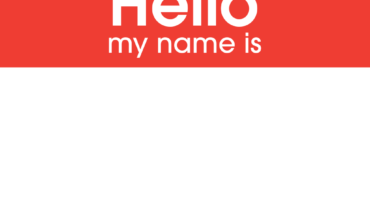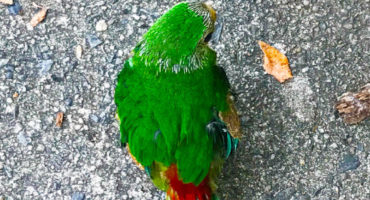Creating Stronger “Connected” Communities
In my opinion, a community in a connected world is a group of people who effect collective actions through active participation and communication. Generally, communities in an unconnected world are not created and maintained through voluntary participation; families, friends and colleagues are representative examples of communities in the unconnected world. Compared to the unconnected world, the connected world enables people to share ideas and information without limitations of speed or space. As a result, numerous communities are created based on participation of people who share common interests. Furthermore, the network infrastructure enables the communities to dynamically evolve through active communication. Through voluntary participation and active communication, communities in the connected world can grow dynamically, can strengthen their solidarity, and can create collective actions.
As a member, I believe Nosamo, an Internet-based fan club for the current South Korea president, which created a revolutionary political movement, is a perfect example of a community in the connected world. In the year 2002, the members of Nosamo shared their dreams through vivid discussion on the Internet and mobilized people using SMS services.
I think current media services in the connected world are not successful enough to enhance real, physical communities. For example, consider the November 7 election. Did the media services deliver policy information or report on the Foley scandal while considering the social conditions of voter communities? Were people in similar conditions able to communicate and create proper reactions? In this example, technologies could be used to identify and connect people who could potentially communicate. Advanced blog-search engines and collaborative bookmarking services could find people with common interests. Moreover, social network information could be extracted through web-link analysis and used to connect people.
After connecting people, certain services may automatically generate and deliver customized policy contents for connected people. Through analyzing the policy contents using text or multimedia analysis techniques, related communities may be inferred. The contents can be published to the members of community through feed subscription services.
Supporting the members of a community to generate and reproduce content will be another important usage of the technologies. By observing the democratic and social nature of the connected world, I envision content created in a much more collaborative manner. Consequently, tools and platforms that support such activities will proliferate.
I hope the conference will be a place where I can share my ideas with people. There are not many opportunities in Korea to learn from so many people of different backgrounds in the area of media. Currently, I’m conducting research aimed at developing an advanced media service architecture and technologies that make the best use of the features of the Internet. As a first step, I’ve made an Internet news service called PolyNews, which can overcome the effect of media bias, a chronic limitation of existing media services. I’m hungry for feedback and comments. Furthermore, I hope to meet like-minded people with whom I can collaborate in my future research.
Souneil Park
M.S student in Network Computing Laboratory
Devision of Computer Science, Department of EECS
KAIST (Korea Advanced Institute of Science and Technology)
Republic of Korea



